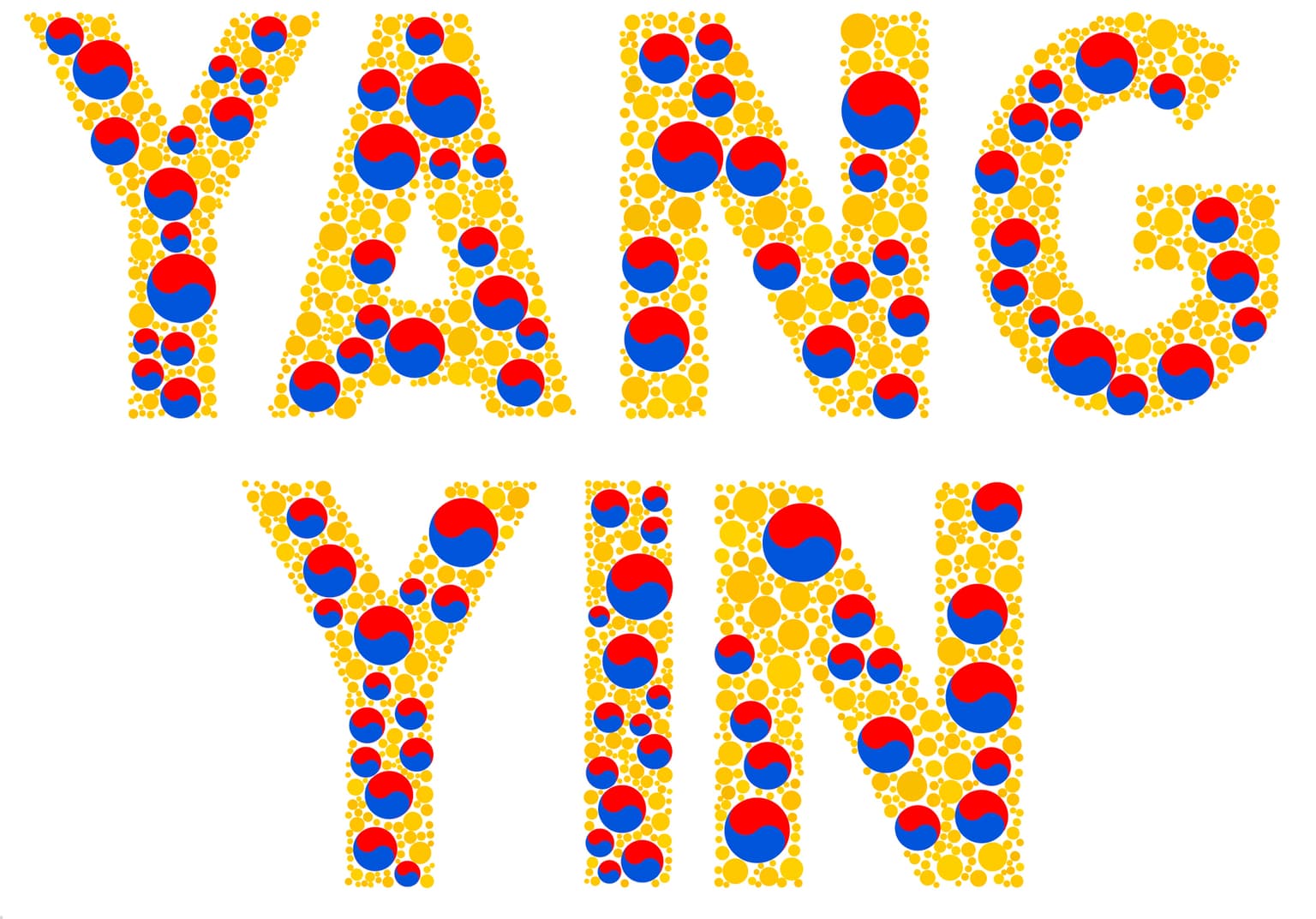Doug Dunham / John Shier
Artists
Doug Dunham
Professor Emeritus of Computer Science
Dept. of Computer Science, University of Minnesota Duluth
Duluth, Minnesota, USA
Statement
Our goal is to create aesthetically pleasing fractal patterns. We choose a motif and sequentially place progressively smaller copies of it at random within a region. Each new motif copy must not overlap previously placed motifs or the region's boundary. If the sizes are chosen appropriately, the motifs will fill the region in the limit. For this to happen, the sizes must obey an inverse power law: the area of the n-th motif is proportional to 1/(N+n)^c, where N and c are parameters with N at least 1, and 1
Artworks

Yin-Yangs in a Circle
11"x11"
Color printer
2014
This image uses a Yin-Yang motif within a circular region. Since both the motif and the region are such a simple shape, c_max is relatively large, and we can take c = 1.46 in this case. In general, the area of the n-th copy of the motif after the first one is A/(zeta(c,N)(N+n)^c), where A is the area of the region, and zeta(c,N) is the Hurwitz zeta function. The Hurwitz zeta function generalizes the Riemann zeta function by introducing the parameter N: zeta(c,N) = sum((N+n)^c) for n going from 0 to infinity. For this image N = 2, and 200 copies of the yin-yang motif achieve a fill of approximately 89%.

Yin-Yangs in Yin-Yang
12"x8"
Color Printer
2014
In this image we have filled the letters of the words YANG and YIN with circles, the first 15 of which are decorated with yin-yang patterns and the rest with a solid gold color. Since the regions in this image are not as regular as the circles of the previous two images, the values of N must be larger to make the initial circular motifs small enough to fit in the odd shapes. The letter "N" region seems to have the most room, and so a smaller value of N can be used than for the letter "I", which has the least amount of room among these letters. In fact all 26 letters of the Latin alphabet in this font can be filled with circles as in this image.